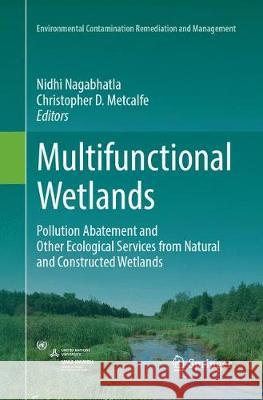Multifunctional Wetlands: Pollution Abatement and Other Ecological Services from Natural and Constructed Wetlands » książka
topmenu
Multifunctional Wetlands: Pollution Abatement and Other Ecological Services from Natural and Constructed Wetlands
ISBN-13: 9783319884288 / Angielski / Miękka / 2018 / 308 str.
Multifunctional Wetlands: Pollution Abatement and Other Ecological Services from Natural and Constructed Wetlands
ISBN-13: 9783319884288 / Angielski / Miękka / 2018 / 308 str.
cena 462,91
(netto: 440,87 VAT: 5%)
Najniższa cena z 30 dni: 443,35
(netto: 440,87 VAT: 5%)
Najniższa cena z 30 dni: 443,35
Termin realizacji zamówienia:
ok. 22 dni roboczych
Dostawa w 2026 r.
ok. 22 dni roboczych
Dostawa w 2026 r.
Darmowa dostawa!
Kategorie:
Kategorie BISAC:
Wydawca:
Springer
Seria wydawnicza:
Język:
Angielski
ISBN-13:
9783319884288
Rok wydania:
2018
Wydanie:
Softcover Repri
Ilość stron:
308
Oprawa:
Miękka
Wolumenów:
01











